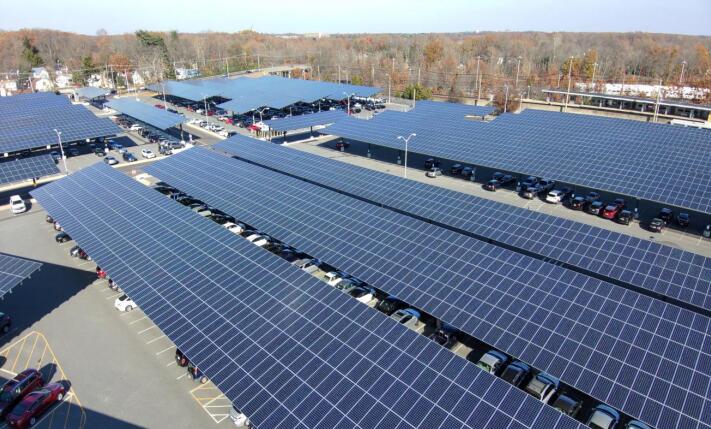
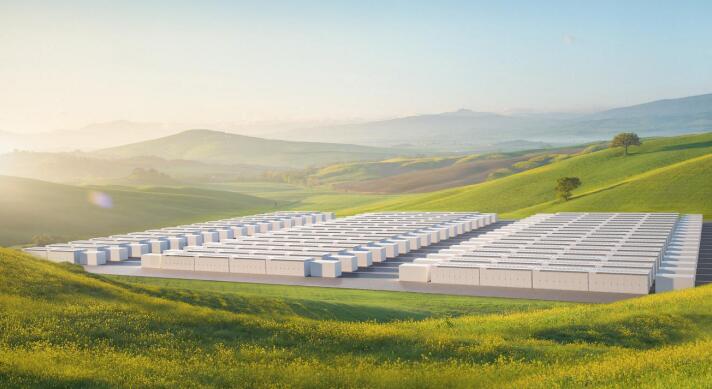

A big splash has been made. The development of new energy storage has long been the basic consensus of the industry at home and abroad, which once again sets off a fever of PV energy storage, i.e. all A-shares related to the new energy have skyrocketed.
So put aside the short-term investment approach, is there any other investment and development model in the track of energy storage? Here we come to explore!
Industrial and commercial energy storage development has a variety of modes, including owner-invested mode, energy management contract mode and financial leasing mode, each with its own development characteristics.
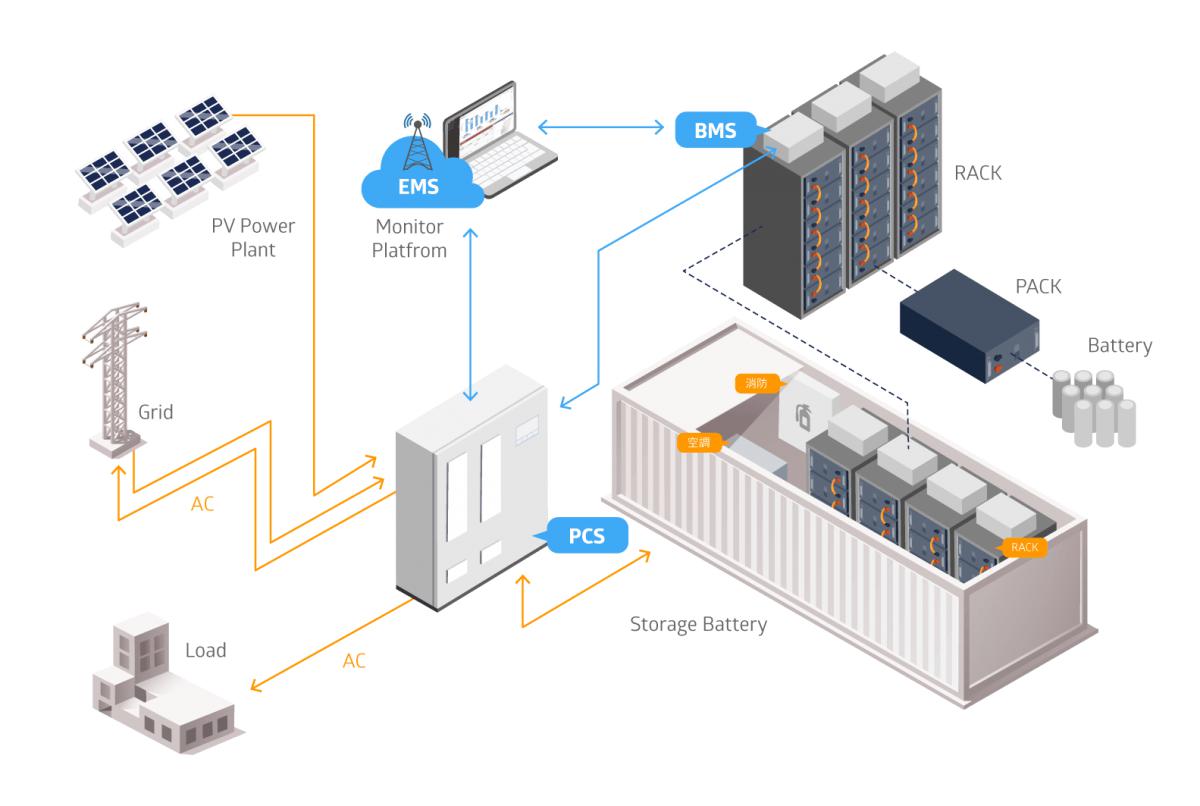
In the current energy market, the owner-invested mode has drawn tons of attention. This mode mainly refers to that the industrial and commercial owners invest in the construction of industrial and commercial energy storage power station, in order to achieve the effective use and conservation of energy. At present, the majority within China chiefly adopts the peak-shaving and valley-filling method of two chargings and two dischargings to achieve profitability.
In the plant, the load is relatively stable during the daytime, which can fully consume the discharge of energy storage. At the same time, the transformer capacity can also meet the charging demand of energy storage.
For owners, the payback cycle is the shortest, although the capital investment of this model is the largest. Therefore, it is a very attractive option for those owners with sufficient capital.
The construction of industrial and commercial storage power plants not only meets the plant's own energy needs, but allows it to earn additional revenue through peak-valley arbitrage. The emergence of this model provides a new investment option for industrial and commercial owners and injects new vigour into the development of the energy market.
The Energy Management Contract(EMC) model is equivalent to third-party investment. When the owner is unable to invest directly due to reasons such as lack of funds, commercial and industrial owners can introduce a third-party investor, both reducing the financial pressure and achieving the goal of lowering energy consumption and saving electricity costs.
There are multiple ways of profit sharing, which can be roughly divided into three kinds as follows:
1. The investor builds an energy storage power station for the owner and pays a fixed rent on a regular basis. While enjoying the rental income, the owner can still buy electricity at the original price, while the investor gains income by selling the stored electricity.
2. The investor and the owner share the income according to an agreed ratio. This ratio is usually determined by the proportion of capital contributed by both parties.
3. The investor provides the enterprise with preferential discounts on peak hour tariffs and settles at normal tariffs during valley hours. This kind of flexible settlement not only saves the enterprise's electricity bill, but brings stable income to the investor.
Under the EMC model, the rate of return is about 10-20 percent, and the cost recovery cycle for the investor is roughly 4-7 years. From the enterprise's point of view, it brings longer-term economic benefits; while from the perspective of the investor, it offers a relatively reliable return on investment.
With the wish to get involved in the field of energy storage power plant, some business owners are stuck in the lack of funds. In this case, the lessor of the energy storage power plant could be introduced, to reduce the financial pressure for business owners.
During the leasing period, the ownership of the energy storage plant belongs to the financial leasing company, while the right of use is given to the business owner. When the leasing period expires, the business owner can obtain the ownership of the energy storage power station.
Generally, the financing of user-side energy storage projects accounts for 70%-80% of the total investment, and such a ratio ensures that the cash flow of the project can fully cover the rent.
It is worth noting that the financing term of user-side energy storage projects generally does not exceed 6 years, and meanwhile, this term cannot exceed the number of cycles under the charging and discharging of the energy storage battery within its expected lifetime.
At the same time, unlike commercial and industrial PV, more attention from an investor is paid to the safety of the energy storage system, peak and valley tariff differentials, corporate electricity consumption and stability of electricity consumption, transformer capacity and installation sites, etc. These factors will have a direct impact on the profitability and reliability of the project.
In addition to the characteristics of the current mainstream lithium iron phosphate battery, we must face up to its potential safety and economic risks. Therefore, the investor will particularly value the certification process of the energy storage products and the O&M capability of the integrator at the design stage to ensure the safety and reliability of the products.
Regardless of the development model, most of the current revenues are dependent on the peak-valley tariff difference. In those provinces with large differentials between peak and valley electricity prices, the investment advantages of industrial and commercial energy storage projects are apparently prominent.
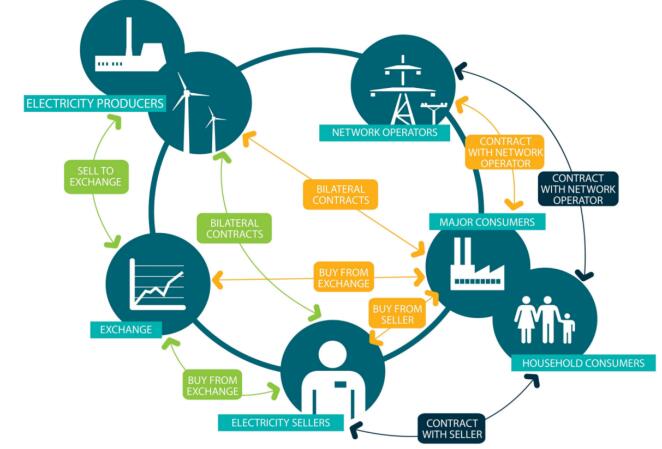
As energy storage systems can provide a stable supply of electricity to enterprises, they can help to reduce the electricity bills and bring greater economic benefits for them. As a result, investors are more likely to favour projects with high electricity consumption and certain consumption fluctuations, thus better realizing the peak and valley arbitrage.
Transformer Capacity
Given that most provinces in China are currently implementing a two-charging and two-discharging strategy, the grid not only has to meet the load demand of routine business operations during the day, but needs to provide additional energy for battery charging. It puts higher requirements and challenges on the original transformer capacity. Therefore, during the design phase, the transformer’s capacity and utilisation emerge as one of the key considerations for the investor.
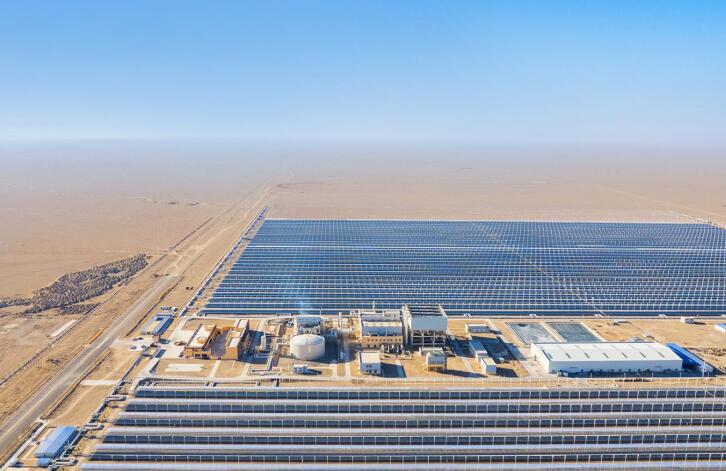
The commercial and industrial energy storage system, with a large footprint and required to be fire-fighting, needs enough space for installation to ensure that it operates properly and delivers maximum benefits.
Install photovoltaic energy storage systems for your own home or company to save money and stabilize electricity consumption
Find a stable and reliable factory to assist you in expanding the market locally
Professional technical team and reliable energy storage products to provide a guarantee for your engineering project